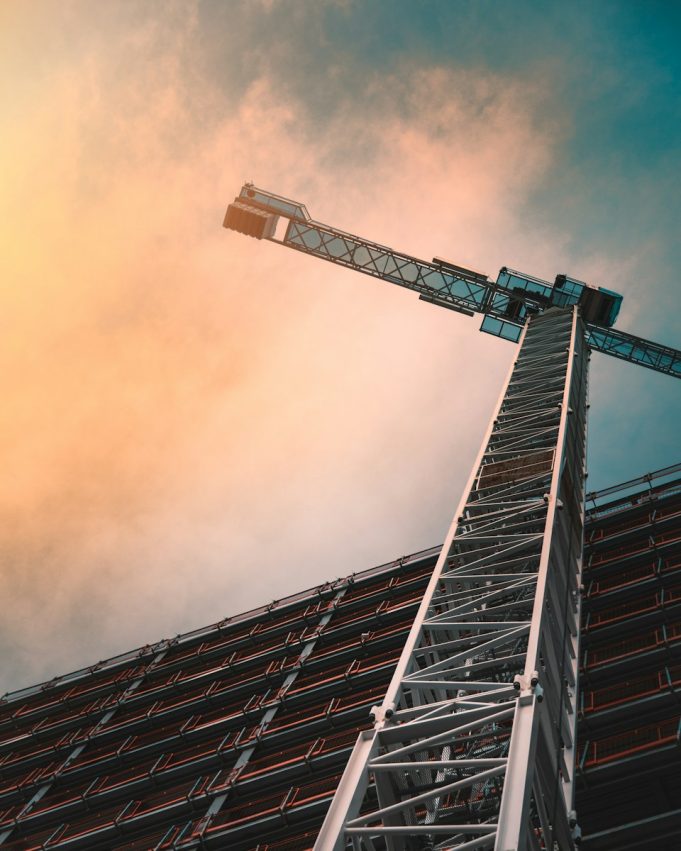The construction industry is one of the most hazardous fields of work and accounts for more than 60,000 deaths worldwide. According to SafeWork Australia, the construction industry recorded the second-highest number of compensation claims at 13%. Tony Williams, a SafeWork Executive Director, explained that falls from heights were the number one killer in Australian construction sites. And most of them were from heights of 4 meters or fewer. Avoidable deaths like these are why it’s important for all construction workers to undertake a white card course in Canberra or any other city in Australia. A white card is a certification that an employee has undergone proper safety training, which is now mandatory for all site workers and managers.
But even as we talk numbers and list statistical figures, there are still a lot of safety concerns overlooked by employers that result in avoidable accidents and fatalities. Let’s look at the five of the most common safety issues facing the construction industry.
Personal Safety Risks
Statistics from OSHA show that a lot of the risks exposed to construction workers could be avoided if they were trained on safety and construction sites put in effort to ensure unauthorized personnel do not access areas where there’s a risk of injury. For instance, did you know that falls accounted for about 33.5% of deaths, quickly followed by being hit by a falling object at 11.1% and getting electrocuted at 8.5%? All these issues can be prevented by ensuring construction sites have fall protection, proper communication and warning signs, and providing proper safety gear.
Failure to Provide Proper Tools and Equipment
The improper use of equipment such as heavy machinery, bulldozers, and cranes accounts for about 16% of onsite injuries, and being caught in between equipment and structures leads to about 5.5% of fatalities. Failing to train your employees on how to use equipment properly is not only dangerous but also leads to a decline in productivity and slows down construction progress.
Sub Contracting and Poor Safety Practices
You can have the most robust safety measures as a company. But if you are subcontracting to a company that does not prioritize workplace safety, then it heightens the risk of injuries and fatalities. Every company needs to track all its sites for compliance and ensure that all employees are well-trained and certified and that proper measures are being undertaken to keep them safe from harm.
Lack of Continuous Training
Retraining your employees goes a long way in ensuring they are aware of the safety hazards at the workplace and what to do in the event of an accident. Safety laws and policies also change regularly, and as your company grows, you are likely to acquire new equipment and machinery. This necessitates the need for continuous safety training to teach employees new safety practices and reinforce what they have learned previously.
Prioritizing Schedule and Budget over Safety
Every construction business thrives on delivering its projects on time and within the stipulated budget. But this does not mean that you flout all the safety measures put in place or take shortcuts to achieve this goal. Safety should be there in the top list of priorities alongside budget and schedule. Remember that a healthy workforce reduces turnover costs and minimizes the risk of compensation claims, which could lead to reduced profits or even losses.
Conclusion
Australia has come a long way in reducing fatalities in the construction industry, from when it had its worst year in 2007 (310 deaths) to recording 194 fatalities in 2020. However, every life lost is an avoidable tragedy, and there is still a lot more that construction companies can do to enhance workplace safety and reduce the risk of fatalities.










